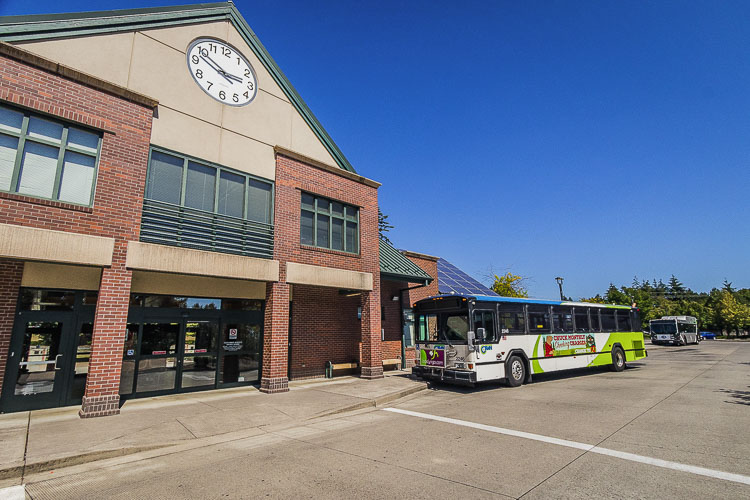Mariya Frost of the Washington Policy Center examines how the agency is spending funds that are dedicated by the state constitution’s 18th amendment
Mariya Frost
Washington Policy Center

In the 2015 Connecting Washington transportation package, lawmakers included a provision that requires the Washington State Department of Transportation (WSDOT) to “report annually on the amounts expended to benefit transit, bicycle, or pedestrian elements within Connecting Washington projects.” Though transit, bike and pedestrian projects are funded largely by driver fees deposited into the state’s multimodal account, the legislature wanted to know how much it cost to implement any multimodal elements as a part of larger road infrastructure projects – benefits that might otherwise be overlooked.
Since 2015, WSDOT has spent at least $234.9 million on project elements that benefit transit, bike and pedestrian use. This $234.9 million is entirely composed of Connecting Washington funds that are dedicated by the state constitution’s 18th amendment to highway purposes. (The 18th amendment restricts the use of state gas tax and vehicle license fees deposited into the Motor Vehicle Account for highway spending only.)

All of the available reports are linked below, with the total calculated benefit for those project elements that were funded entirely with 18th amendment protected funds (marked “Y,” rather than “N” or “P”). The amounts are higher if you include calculated benefits from other accounts.
- 2015 – $0
- 2016 – $25,577
- 2017 – $14,222,142
- 2018 – $18,901,170
- 2019 – $23,718,559
- 2020 – $71,667,574
- 2021 – $106,372,942
Some road improvements that benefit drivers may also help transit. The most recent report shows a near $50 million benefit to transit in the I-405 Renton to Lynnwood corridor widening, and a $16 million benefit to transit in the SR 520 Seattle west end corridor improvements in FY 2021.
Then there are calculated benefits for recreational trails (Mountains to Sound Greenway, Interurban Trail), and the addition of bike and pedestrian paths on roads and bridges.
In many places, it makes sense and is important to consider all transportation modes in the construction or improvement of road infrastructure, including the ability of bicyclists and pedestrians to travel across roads and bridges safely. Many projects listed in the reports are meaningful and have community support.
However, five million state drivers cannot be expected to pay for these improvements for modes that do not contribute their fair share for such infrastructure. For every bike path or trail funded with scarce highway dollars, there is an unsafe road that doesn’t get fixed.
It is unsurprising to see bike and pedestrian improvements wedged into highway projects. When WSDOT Secretary Millar was the vice president of Smart Growth America, he helped author a publication called The Innovative DOT which specifically advocated this type of scheme. Examining how to secure funding for transit and “active transportation” (i.e. biking and walking) projects in states that have protected revenue like Washington, the publication recommended states “expand the definition of ‘roads and highways.”
Another recommendation is to “identify openings in modal dedication language.” What this actually means is to look for loopholes in law.
Looking for loopholes in a law that protects driver money is an underhanded approach to obtaining funding for other public projects. No one should entrust their money with a person who looks for ways to work around the law. The same applies to WSDOT. It is not sustainable or fair.
State taxpayers pay about $3.3 billion per year for transportation. A portion of that revenue is protected under the 18th amendment for functional and safe roads and bridges, which serve the vast majority of the traveling public. Transit agencies and bicyclists need to pay their fair share for infrastructure they use and benefit from. Drivers should not disproportionately pay for these modes, especially as agency officials support policies that make driving (and the money it generates) more difficult. Rather than stretching the law to be able to use 18th amendment funds on non-highway projects, WSDOT should work with lawmakers to find appropriate user fees to ensure roads are not short-changed.
The next time WSDOT leadership complains about a lack of funding for road maintenance (or transit boosters complain they don’t get enough money from the state), the legislature should point to WSDOT’s use of finite road dollars to benefit other modes. Then, lawmakers should work to develop a more fair and user-based approach to funding non-highway elements in transportation projects.
Mariya Frost is the director of the Coles Center for Transportation at the Washington Policy Center.




